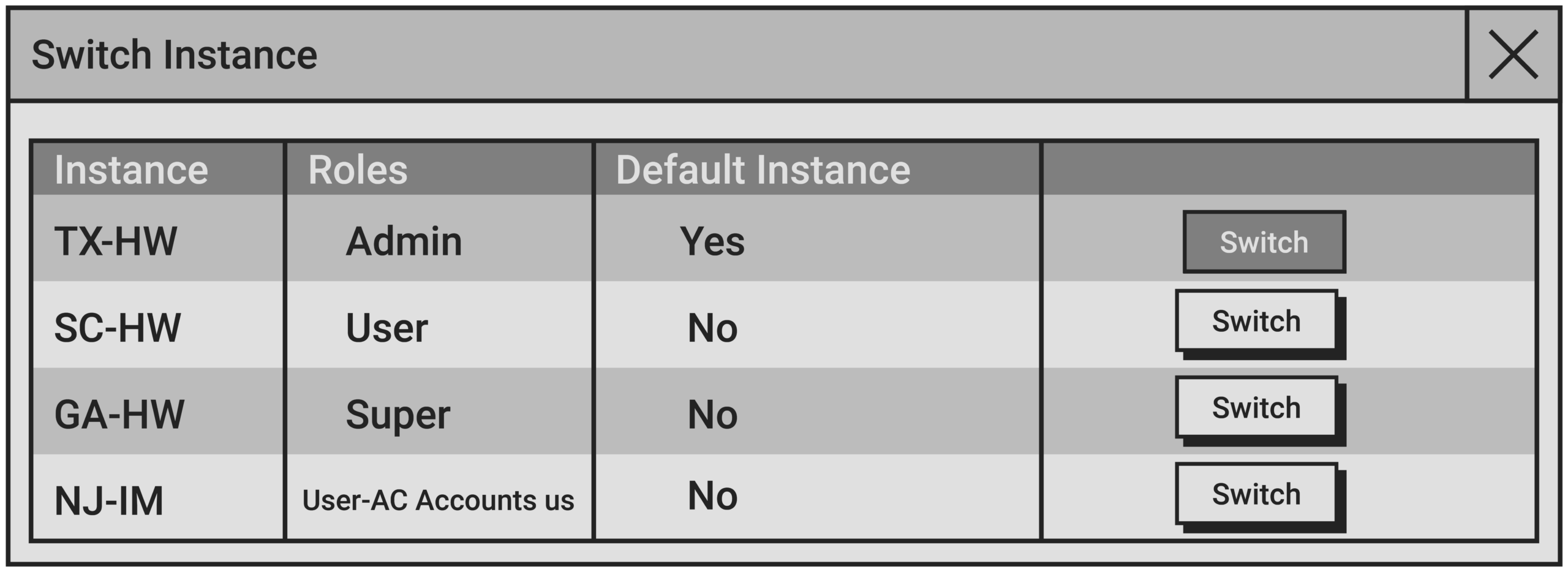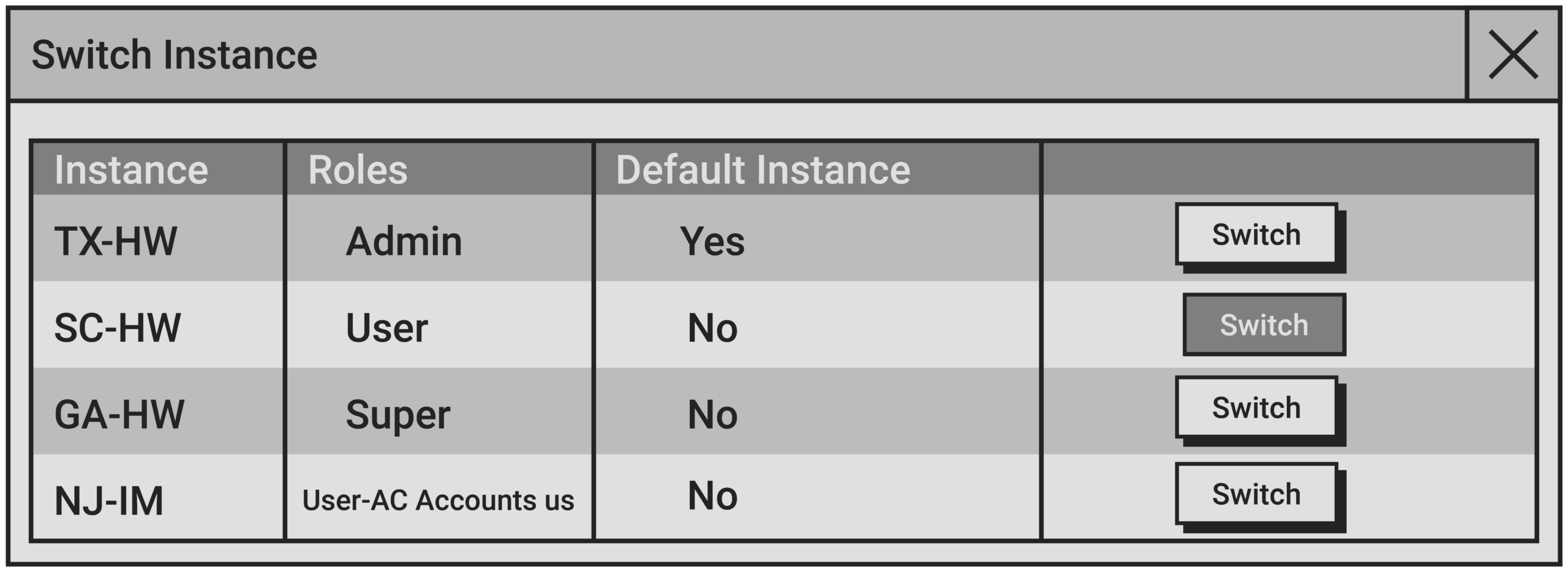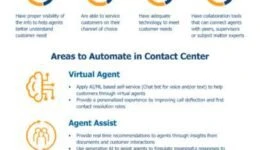Unleashing the Power of Custom Data Providers in IBM ODM Decision Runner
Author: Pallavi Palande, Associate Software Technical Lead
IBM Operational Decision Manager (ODM) helps businesses automate and optimize their decision-making processes using business rules and analytics. Among its powerful components, the Decision Runner stands out — enabling users to test and execute decision services efficiently.
This blog explores custom data providers in IBM ODM Decision Runner — what they are, why they matter, and how they enhance real-time decision-making capabilities.
Understanding IBM ODM Decision Runner
The Decision Runner is a testing tool within IBM ODM. It allows users to:
- Create and manage test cases
- Simulate real-world decision scenarios
- Analyze test results and improve accuracy
By providing input data and executing decision services based on defined business rules, it helps organizations validate outcomes before production deployment.
What Are Custom Data Providers?
Custom Data Providers in IBM ODM Decision Runner give you the flexibility to connect to external data sources during testing or execution.
While ODM includes built-in providers for basic data types (like strings or numbers), custom data providers let you integrate dynamic and complex datasets from databases, APIs, or web services — ensuring your decisions use real-time, accurate data.
Key Benefits of Custom Data Providers
1. Integration with External Systems
Connect seamlessly with systems like databases, web APIs, or enterprise applications to fetch real-time data. This integration ensures your decision models operate using up-to-date, reliable information.
2. Realistic Testing Scenarios
Simulate real-world conditions by pulling live data into Decision Runner. This leads to more accurate test coverage and better decision validation.
3. Dynamic Data Generation
Custom data providers can dynamically generate test data. This helps test time-sensitive or constantly changing inputs, improving responsiveness and adaptability.
4. Increased Flexibility
You can integrate data from various sources — giving you greater flexibility in how decision logic interacts with business systems.
5. Improved Performance
Optimizing how data is fetched and processed leads to faster test execution and overall performance improvements in your decision services.
How to Implement Custom Data Providers
Here’s a simple, step-by-step approach to creating and integrating custom data providers in IBM ODM Decision Runner:
Step 1: Define the Data Structure
Identify the structure and format of your external data — e.g., a database schema or API response.
Step 2: Implement the Custom Data Provider
Develop a Java class that implements the custom data provider interface offered by IBM ODM. This class should handle data retrieval and map it to decision inputs.
Step 3: Register the Provider
Register your custom provider in IBM ODM Decision Runner so it can be selected when setting up test cases.
Step 4: Configure Test Cases
Assign the custom provider to specific input fields in your test cases. Decision Runner will automatically fetch external data during execution.
Why It Matters
By implementing custom data providers, organizations can:
- Enable smarter, data-driven decisions
- Enhance accuracy and reliability
- Improve test coverage and adaptability
- Achieve faster development cycles
This not only streamlines testing but also ensures your decision models remain agile in today’s AI-driven, data-centric environments.
Conclusion
Custom data providers in IBM ODM Decision Runner empower organizations to bring real-time intelligence into decision-making. By integrating with external systems and leveraging diverse data sources, businesses can ensure high-quality, reliable, and scalable decision automation.
Harness the power of custom data providers to future-proof your decision automation strategy and achieve better business outcomes with IBM ODM.
About the Author
Pallavi Palande brings over 7 years of IT experience, specializing in Business Rules Management Systems (BRMS) and IBM ODM development across finance, insurance, healthcare, and telecom domains. Her expertise includes BPM, ODM installation, DVS testing, decision modeling, and Java Execution Object Models. Pallavi’s deep knowledge in designing decision services and project migration reflects her hands-on experience and technical authority in the BRMS space.













